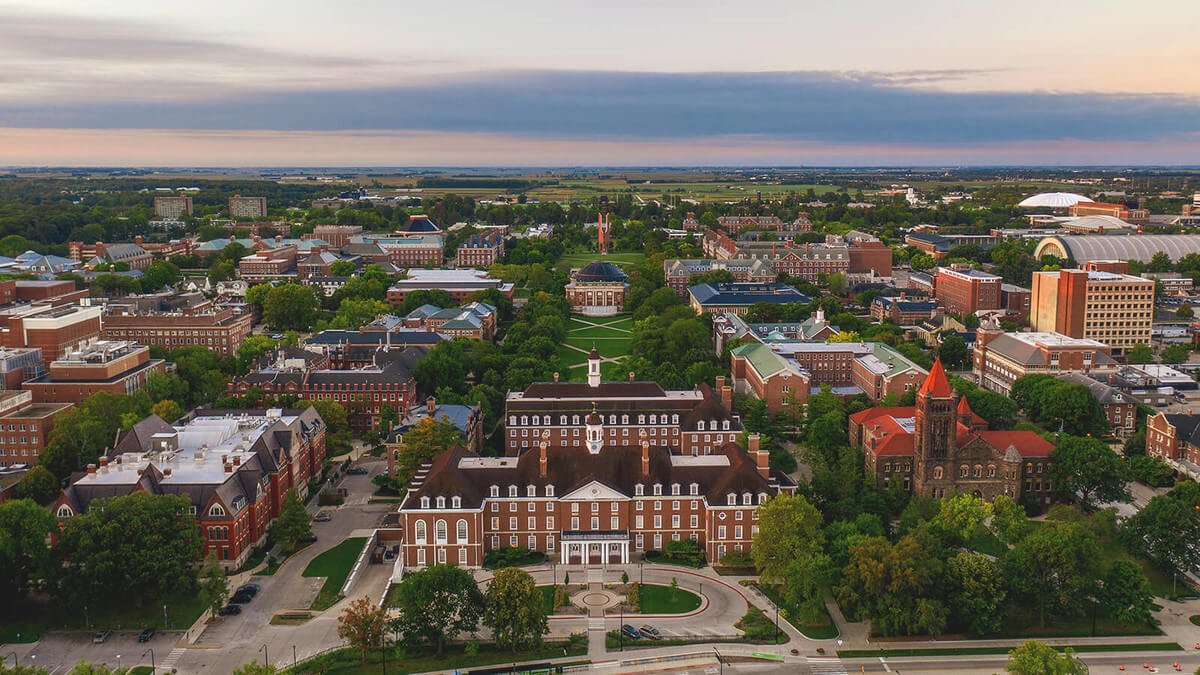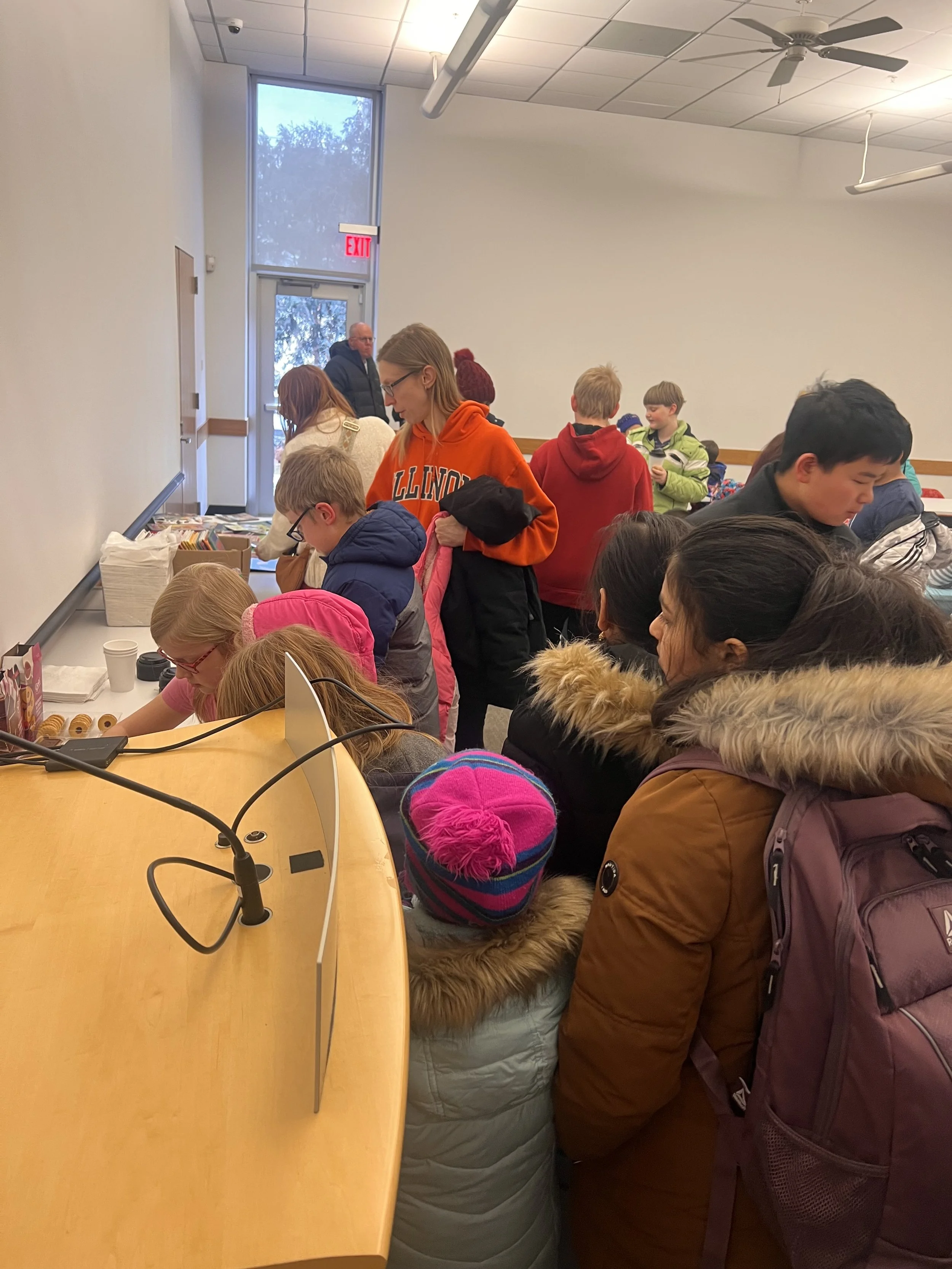
Foster Imagination
Champaign, IL
In Champaign, our community outreach efforts focus on organizing fundraising events and creating partnerships with smaller academic institutions. By collaborating with local schools and educational organizations, we can distribute academic resources to children in need. These partnerships and events are crucial in building a supportive community network, ensuring that every child has the tools necessary for a successful education.
History and Statistics
Demographics and Poverty in Champaign County
Today, Champaign County is home to around 200,000 residents.
In 2013, Champaign was labeled the third poorest county in Illinois.
Currently, 19% of Champaign’s residents live in poverty, higher than the state average of 11%.
Educational Challenges and Disparities
In 2023, two-thirds of students in Illinois read below grade level, and only 27% met or exceeded grade standards for math proficiency.
Students facing poverty also struggle with school truancy.
In the Champaign Unit 4 school system, 58% of students per school are defined as low-income, compared to the state average of 49%.
Despite efforts to create diverse schools, significant divisions in academic achievement by demographic persist. For example, 74% of white students in Champaign's middle schools are in honors classes, compared to 39% of Black students and 43% of low-income students.
Geographical and Socioeconomic Divisions
Since the 1950s, Champaign has been geographically divided between the North and South ends of town.
The North end is home to more low-income Black families, while the South end houses more Asian, White, and typically higher-income families.
Of the low-income students in Champaign, only 14% passed the PARCC Assessment (lower than the state average), compared to 54% of non-low-income students (higher than the national average).
ARIPI aims to do more than help raise test scores for students; we want to inspire confidence in students.

“Prejudice is a burden that confuses the past, threatens the future, and renders the present inaccessible.”
— Maya Angelou

